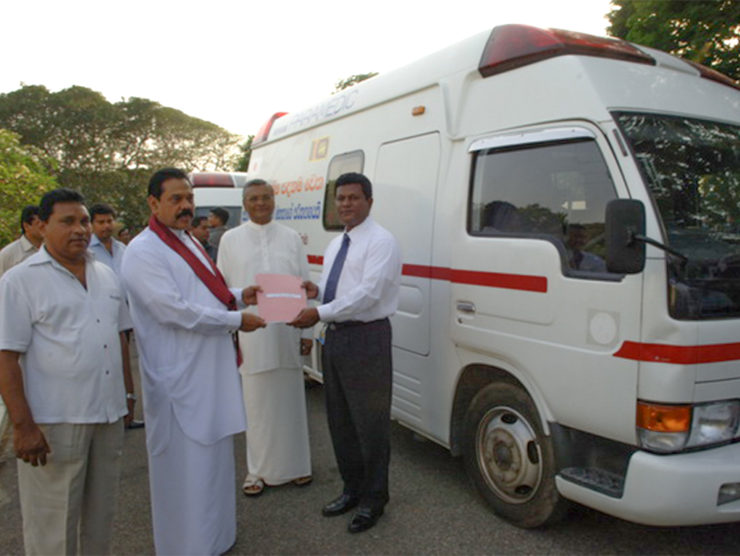
- Project Name Roof Ceiling
- Client ThemeForest Envato
- Date Carpenting
- Duration October 22, 2018
- Location Bulls Stadium, Califorina
Project Summery
Seaweed cultivation could soon be scaled up however, thanks to a Belgian company which has experimented with textile sheets that can be seeded and stretched across frames and used for seaweed cultivation. Similar to rope-based cultivation, the seaweed attaches to the sheets and grows quickly. Unlike rope-based cultivation, however, a much greater density of seaweed can be produced – up to 16 kilogrammes of wet seaweed per square metre, which is as much as five times the yield from more traditional methods.

Project Mission
Spread across a wide area, the technology offers the prospect of large-scale seaweed farming. Demand for seaweed is potentially huge. Company says that seaweed will be a “future source for food, food additives and feed, as well as for chemicals, biochemicals and biofuels.” Seaweed production also offers comparative environmental benefits. Seaweed can absorb nutrients, for example from fish farms, while also absorbing carbon dioxide as it grows. Seaweed farms using the textile technology can also become havens for ocean life.
Following the completion of the project in July 2015, the project promoters aim to establish a spin-off company that will produce seaweed using the seeded sheets across a 2 to 3 hectare area. The project received financial support from the EU Seventh Framework Programme for Research and Technological Development.

